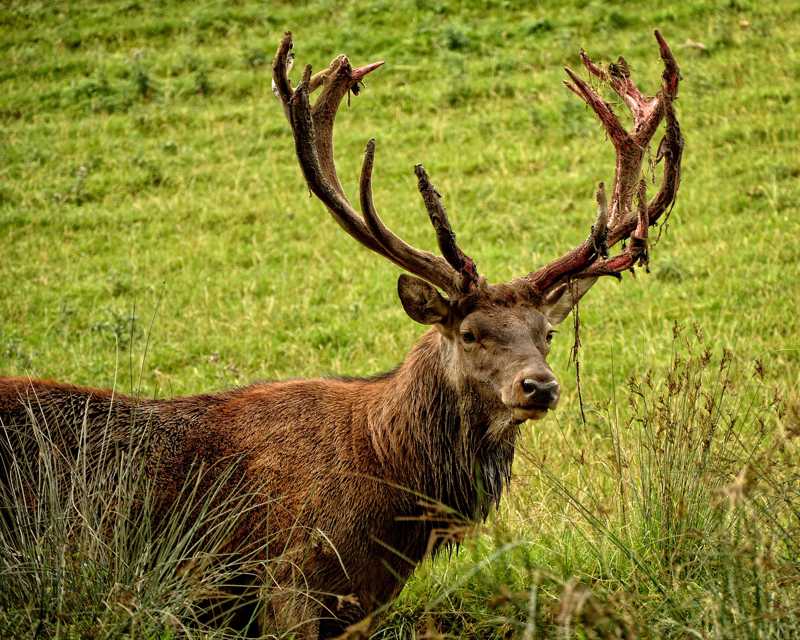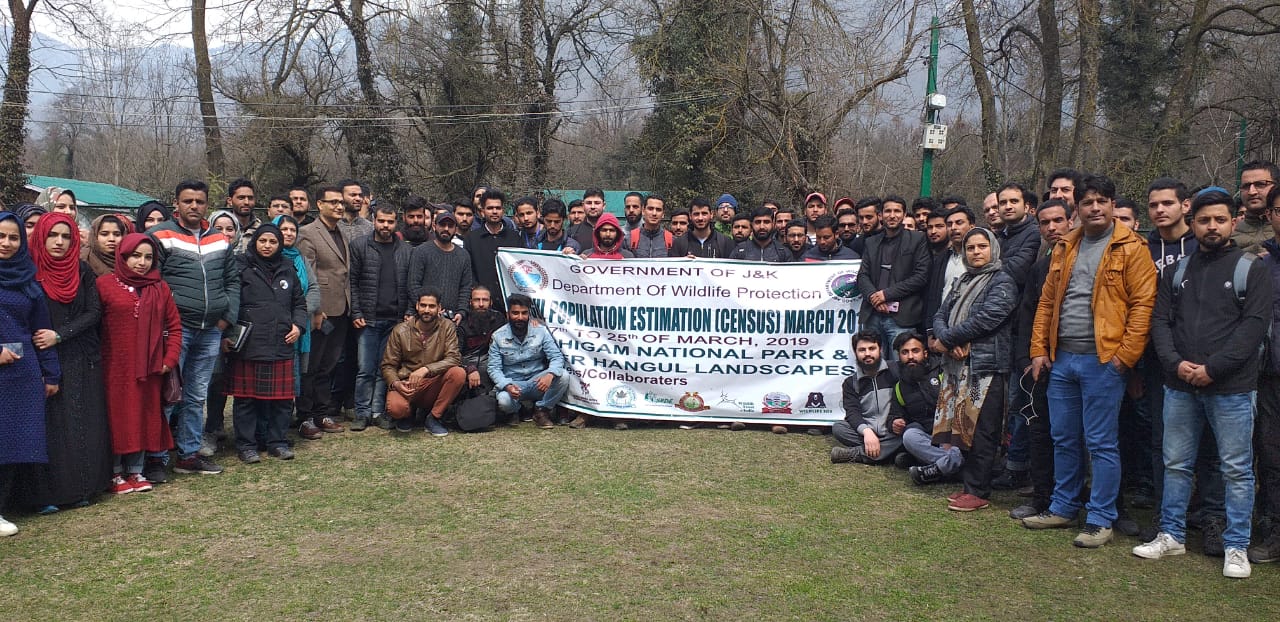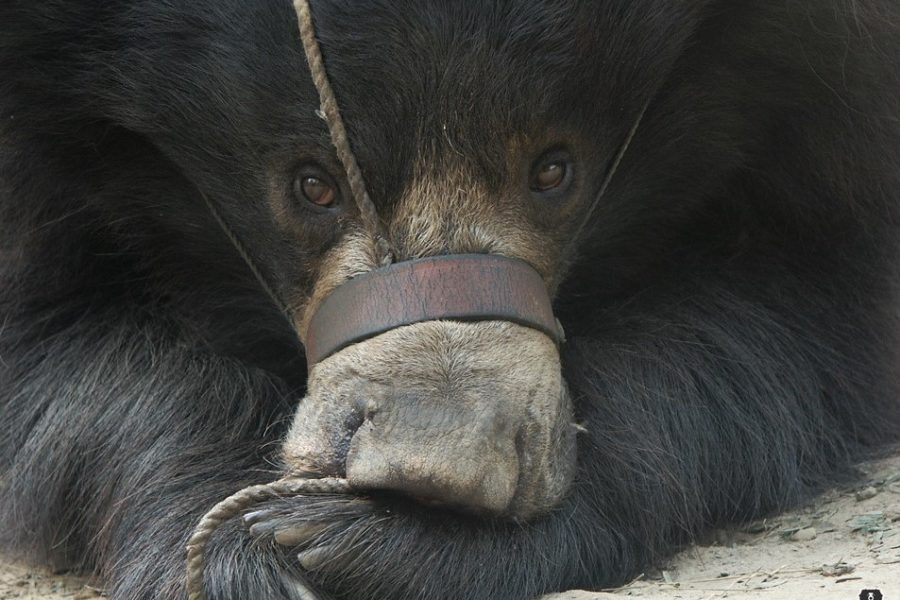The Kashmir Stag, commonly known as Hangul is a subspecies of the Asian clade of elk, native to India. Inhabiting the dense riverine forests of the high valleys of Kashmir and northern Himachal Pradesh, the Kashmir stag has lately caught the attention of numerous wildlife conservationists. According to the Bombay Natural History Society, the striking dwindling of the Hangul population from nearly 3000-5000 in the beginning of the 20th century to a meager count has pushed this cause of concern to a high conservation priority of the Central Government.
The state animal of Jammu and Kashmir is today restricted to the Dachigam National Park in the neighborhood of the state’s summer capital Srinagar. Owing to various factors like habitat destruction, overgrazing by domestic livestock and poaching, has resulted in the battle for its survival. Due to the rapid decrease in its population, the Kashmir Stag now holds the status of a Critically Endangered species as per IUCN Red List.

Wildlife SOS with its past efforts has demonstrated its stronghold in wildlife conservation in the state of Jammu and Kashmir. Ranging from rescue and rehabilitation of wildlife in man-animal conflict situations to spreading conservation awareness, it actively participates in conserving the pride of the state- the Hangul, which is the only surviving race of the Red Deer family of Europe in the Indian sub-continent.
Every year, the Wildlife Protection Department carries out the Hangul Census in collaboration with several other organizations including Wildlife SOS, Wildlife Conservation Fund, volunteers from the Kashmir Bird Club, Mountaineering and Hiking Club, School for Environment and Development, students and researchers from the University of Kashmir, Sher-e-Kashmir University of Agricultural Sciences, Central University of Kashmir and Islamia College. The objective of formally embarking on the exercise is to maintain a regular count and management of the hangul population in its habitat. Additionally, this would also throw light on the health, trends and compositions, to draw management interventions for long-term conservation of the animal in the state.

The official census process will span across five days, with a total of three counts conducted in the entire landscape on the 21st, 23rd and 25th of March, 2019. As part of the orientation programme, the participants were briefed about the need for the census as well as the techniques to be undertaken while carrying out the extensive exercise. Constituting the technicalities, the 250 volunteers were also familiarized with data sheet filing, observation recording and the use of various equipment like the GPS, Compass, Range finders etc., which help in efficient data enumeration. The volunteers were assigned transects and as they incorporated both direct and indirect methods to collect evidences, they made notes of all the intricacies that came their way.
The collective efforts by the various organizations ignite hope for a positive change and aims to reduce the pressures on the habitat of the hangul. The staff at the Wildlife Protection Department hopes to provide credible data by undertaking this efficient exercise to weight the results of the efforts made so far. As per the 2017 census report, the population of Kashmir Stag was 214.




